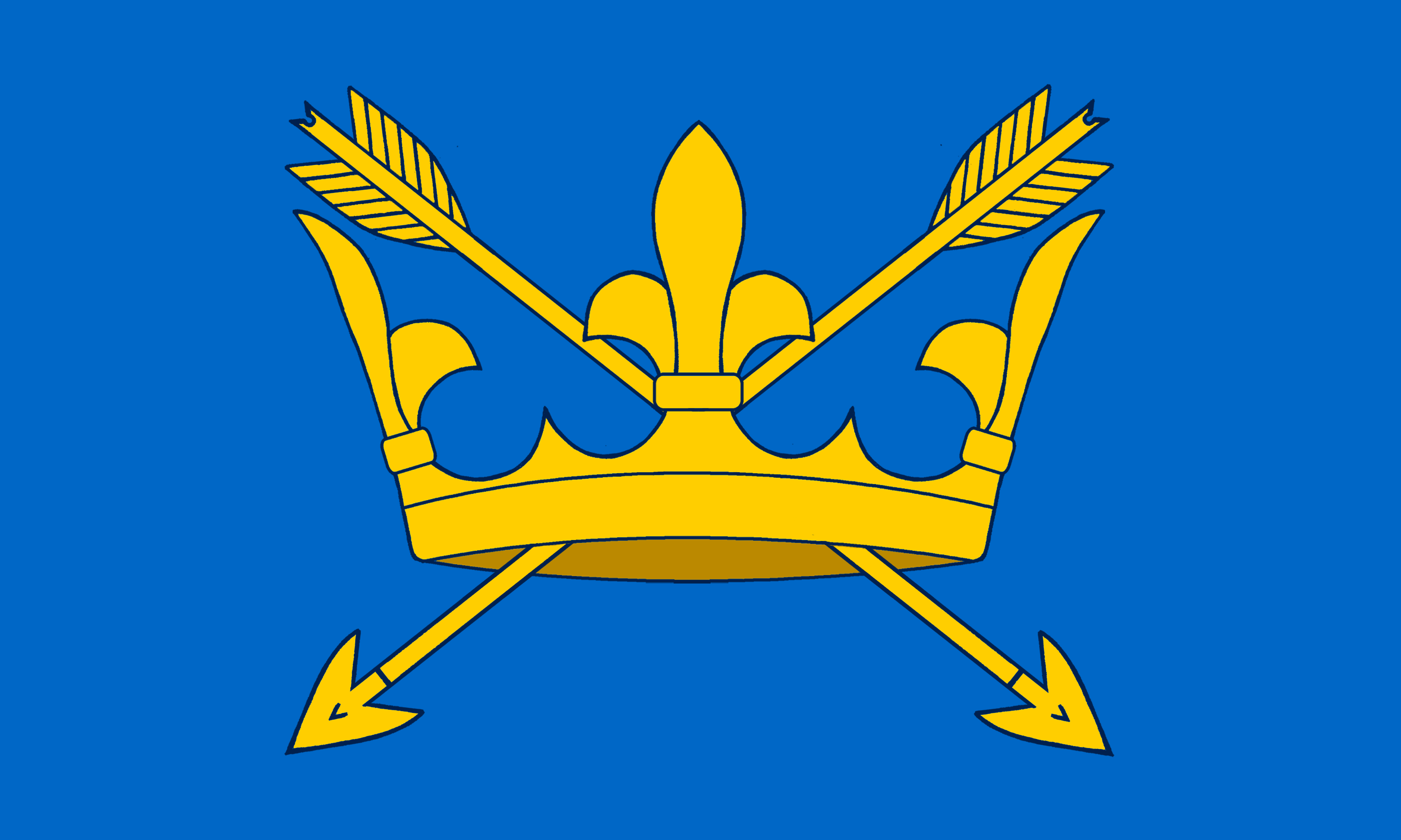Suffolk is the eastermost county in Britain. It is a rural county of flat landscape. It lies between Norfolk and Essex, divided from Norfolk by the Waveney and the Little Ouse (which rise within yards of each other in the same marsh before running in opposite directions). Suffolk’s southern boundary is the Stour. To the east lies the North Sea.
Suffolk is famous for its exquisitely picturesque villages. The best are found in the Stour valley, “Constable Country”, including Cavendish, Clare, Lavenham and Long Melford, characterised by thatch and brightly coloured plaster. Pargetting is a prominent feature, reaching its peak of artistry in Suffolk. Many Suffolk churches are large and ornate beyond the size of their villages, built on the wealth of wool and weaving.
The coast of Suffolk is smooth and sandy but prone to depridations from the sea: Dunwich was once a great port and indeed a capital of the Kingdom of East Anglia but it is now wholly lost to the sea and the low sandy cliffs are still retreating. Southward though Orford Ness lies on a long strip of new land between the River Ore and the sea. The southernmost point of Suffolk is Landguard Point by Felixstowe, a substantial commercial port. It is at this point that the deep Deben, Orwell, and Stour estuaries converge. Upriver on the Orwell from Felixstowe is Ipswich, the county’s main town.
At the northern part of the coast is the other substantial port town, Lowestoft, where Lowestoft Ness is the easternmost point of the United Kingdom. North of Lowestoft is Suffolk’s northermost corner, a little land of villages in the Suffolk Broads. The Suffolk Broads are less well known than the Norfolk Broads but are a extension of them, formed in the sea-level flood plain of the Waveney. Breedon Water, forming part of the boundary with Norfolk, is the largest of the Broads in either county.
In the north-west of Suffolk are open heaths of bracken and broken woodland. The further west, close to Cambridgeshire, is in the Great Fen. The main town in the west is Bury St Edmunds, a small, pretty town around a large cathedral; St Edmundsbury Abbey. Bury St Edmunds is the centre of the beet sugar industry.
Furthest west is the Newmarket-Exning bubble, joined to the rest of the county at a point. Newmarket is completely dominated by horseracing and its concomitant occupations. Stud farms line the lanes and the heaths are filled with meadows and racetracks.
County Facts
County Town: Ipswich
Main Towns: Brandon, Bury St Edmunds, Felixstowe, Hadleigh, Haverhill (partly in Essex), Lowestoft, Mildenhall, Newmarket (partly in Cambridgeshire), Stowmarket, Sudbury, Woodbridge.
Main Rivers: Little Ouse, Waveney, Yare, Stour, Orwell, Debden, Alde.
Highest Point: Great Wood Hill, 420 feet
Area: 1,489 sq miles
Flower: Oxlip




